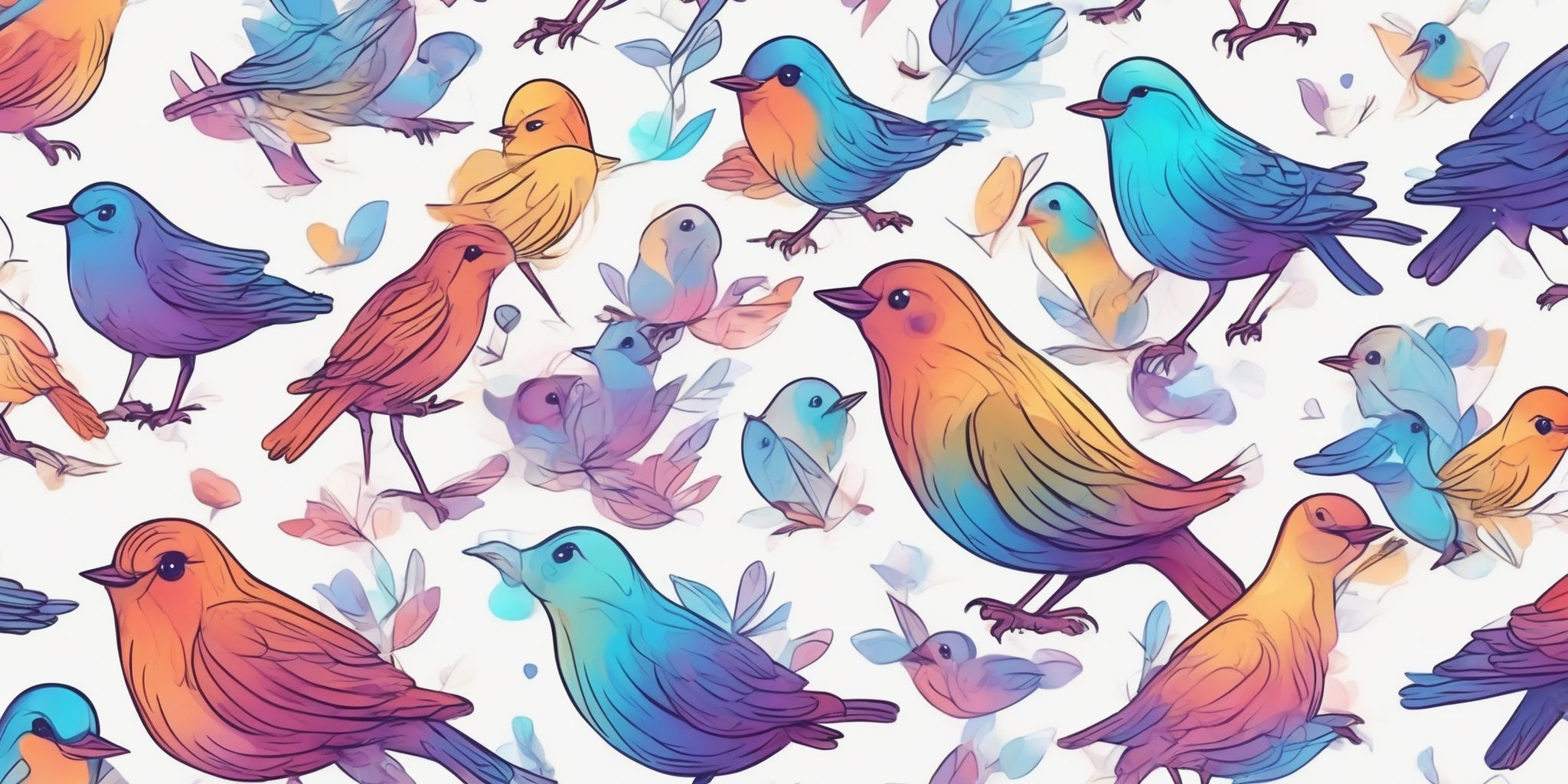|
Getting your Trinity Audio player ready...
|
Microblogging platforms have significantly revolutionized how we communicate. Rather than long, in-depth posts, these platforms provide tiny spaces for people to share short burst of ideas or express their thoughts succinctly. This potentially simple concept has transformed the way that businesses, politicians, celebrities, and even the guy-next-door interact with the world.
With platforms like Twitter, Instagram, Tumblr, and even LinkedIn increasingly growing into popularity, microblogging hasblurred the lines between traditional tenets of communication, creating an interactive and directly engaging environment. This has entirely reshaped how companies connect with their customers, how celebrities interact with their fans, and how individuals connect with each other. This guide introduces you through the journey of Microblogging, exploring its evolution, viability, opportunities and also the issues that accompany it.
The Inception of Microblogging
The dawn of microblogging has fundamentally revolutionized the way people consume and distribute information. Social media platforms like Twitter, Tumblr, Facebook, and Instagram allow people to share and consume bite-sized, yet significantly potent and valuable content.
These platforms are becoming increasingly used by professionals like LinkedIn’s Liz Ryan to share compact, yet actionable HR tips, Magic Realism Bot on Twitter to churn out provocative and thought-inducing story prompts and even Etsy using Pinterest to showcase and highlight their exclusive products. Even though these interactions seem concise and fleeting, they contain valuable information that seizes the attention of audiences, particularly the mobile users who prefer to consume information in diminutive, easy to digest bites.
Undoubtedly, this synergy of concise content and succinct data holds the potential to enhance user experience significantly while bolstering the symbiotic relationships between brands and their clientele.
The Use Case of Microblogging
An evolved version of conventional blogging, microblogging allows users to share short and concise content. Microblogging has transformed the dynamics of information consumption and distribution. Platforms like LinkedIn, Pinterest and Instagram have played significant roles in this transformation, creating optimal spaces for delivering bite-sized information and connecting with users in a rapid and productive manner.
Microblogging is an effective tool for delivering succinct and easily digestible content, to incite interest and generate reactions in audiences. This is particularly valuable in the mobile-dominated digital era where audiences typically prefer shorter, snappy, and easy-to-digest content.
Challenges with Microblogging
Adopting microblogging platforms can come with challenges. The significant safety concerns include the potential exposure of personal or sensitive data which is a substantial concern for many users. Centralized platforms often face challenges when it comes to maintaining privacy standards, particularly when governments or legal bodies may access user information without explicit consent.
For corporations, integrating these services into a work environment necessitates a shift in corporate policies and habits, posing its unique set of challenges. These issues emphasize the importance of strong privacy measures and clear usage policies to foster trust and ensure safekeeping of data.
Linked Concepts of Microblogging
Microblogging exhibits a harmonious blend of instant messaging and content creation that allows for swift, conversational connections with online audiences. The format promotes sharing of short messages in a variety of formats including text, audio, video, or images.
Popular platforms like Twitter and Instagram have expertly captured this concept of microblogging to their advantage by using the format to interact and engage with their customers, provide updates on longer content, and captivate audiences who prefer mobile browsing. The immediate nature of these updates and the disseminated trending news strengthens brand-audience relationships, ultimately invigorating brand engagements.
Microblogging Platforms
Twitter: A Microblogging Pioneer
Twitter, as a pioneering force of microblogging, has given a new dimension to how we consume and distribute information. Combining brevity with strength in content, it provides the unique enabling environment for users to share their ideas and opinions in an emphatic, yet concise manner. This phenomenon has been particularly evident during numerous socio-political events, where Twitter has become a real-time source for news updates.
Similar platforms like Tumblr have implemented the microblogging theme to promote authorship through reblogging, which helps return credit for posts to their respective creators.
Zon: The most dissimilar to Twitter
Zon is your world as items in folders, like old days of Internet Dmoz, but based on blockchain and having features of Twitter, LiveJournal, Kindle, Dmoz, news.ycombinator.com seamlessly combined, using the simple concept of folders and items. It also provides an advanced affiliate program, so each author has the chance to earn. Finally, Zon aims for free speech, using the blockchain we probably will reach the purpose to never delete a post (but move bad posts down the stream).
Minds: Free speech and equal rights
Minds is a free speech platform, where you can also earn money.
Unlike Twitter, instead of a complex algorithm for sorting posts, posts are just presented in order, what gives everybody equal rights in the conversation.
Tumblr: Fusing Blogs and Social Media
Ever imagined what it would be like if traditional blogs and social media were to meet? Well, look no further than Tumblr. As a microblogging platform, Tumblr allows users to create short, concise posts and promptly share them across the platform. Tumblr features a reblogging component, which permits users to repost and recognize compelling content from others while attributing due credit to original creators.
Its focus on authorship through reblogging, coupled with user-controlled privacy settings for posts, provides a safe and responsible microblogging experience.
Pinterest: The Visual Microblog
Pinterest, as a microblogging platform, provides a space where users can create small posts in various content formats such as text, image galleries or video snippets, and share them with their followers. By focusing on visually appealing and snackable content, Pinterest redefines the way we consume information.
A perfect embodiment of this is Etsy’s use of Pinterest to exhibit its products to prospective buyers, thus transforming Pinterest into a visually pleasing platform, and hence a preferred choice for microbloggers.
Instagram: Microblogging in Photos
Instagram has redefined microblogging by using photography as its primary mode of communication. With Instagram, users can share short, crisp contents through eye-catching photos, thereby attracting and engaging their audiences. Businesses can showcase their products or services through visually appealing images, while individuals can share snippets of their daily lives, turning Instagram into a visual storytelling platform.
Facebook: Microblogging on a Social Network
Facebook, known across the globe as a leading social networking site, seamlessly integrates microblogging within its platform. It empowers users to share and connect with diverse content in multiple formats; be it a personal status update, an image from a recent adventure, a link to an interesting article or even a video showcasing some talent. Facebook’s user-friendly interface boosts engagement, allowing users to discuss, share and connect over the content.
With Facebook, businesses and content creators have a convenient tool at their disposal to help engage with wider audiences and share small, easily digestible bits of information.
LinkedIn: Professional Microblogging
Upending the professional networking space, LinkedIn has also emerged as a potent space for microblogging. Given its professional focus, LinkedIn is a hub where professionals can share and interact with concise, valuable content with an emphasis on career enhancement and professional growth. Accomplished leaders such as Liz Ryan and Will Lucas share crisp, invaluable insights and advice in their respective domains – HR and entrepreneurship – gathering a wide audience of enthusiasts eager to enrich their knowledge bases.
This makes LinkedIn an important platform for the exchange of professional insights and expertise.
Exploring Examples of Microblogs
Liz Ryan’s Career Advice on LinkedIn
Offering more than just a professional network, LinkedIn creates a space where industry professionals like Liz Ryan can provide insights and direction related to career progression and industry know-how. Liz Ryan has successfully used LinkedIn’s microblogging feature to share tips and practical advice on Human Resource Management and Career Advancement.
This interactive approach not only makes this inscrutable information accessible and easily understandable but also aids in fostering conversation, engagement and collaboration within LinkedIn’s professional community.
Magic Realism Bot’s Tweets
Demonstrating the power of microblogging, Magic Realism Bot has taken to Twitter, creating magical, fanciful story ideas at regular intervals throughout the day. Operating as a source of amusement, inspiration, and perhaps even writing prompt for followers, its engaging posts simplify the complex genre of magic realism and deliver a compact dose of inspiration for writers and readers alike.
Etsy’s Inspirations on Pinterest
Etsy intelligently harnesses the inspiration driving capacity of Pinterest to share creative ideas with its audience. Showcasing an assortment of unique handmade and vintage items, their posts are visually stimulating, prompting creative juices and capturing audience attention. The Pinterest boards serve as digital inspiration cabinets, storing and showcasing these inspirations conveniently for Pinterest users. This makes Pinterest an invaluable platform for idea generation.
FiveThirtyEight’s Real-Time Election Updates
At the nexus of politics and microblogging lies FiveThirtyEight’s real-time election updates. Maximizing the power of real-time data and information, FiveThirtyEight provided live coverage during the 2020 election, sharing regular updates on vote counts, thereby ensuring that its users stayed up-to-date on the dynamic political landscape.
The availability of quick, accurate and streamlined information eliminated the potential for information overload and ensured users could keep up with the rapid pace of news updates.
Will Lucas’ Tech Insights on LinkedIn
On LinkedIn, Will Lucas routinely shares microblogs filled with insights on technology and business growth. This cadence allows professionals like Lucas to engage their network, demonstrate their expertise, and stay updated on industry trends. It serves as a testament to the power of microblogging in enhancing user experience and strengthening brand relationships.
SparkNotes Literature Guide on Twitter
SparkNotes on Twitter demonstrates how microblogs can distill and simplify complex literature into easily understandable bite-sized updates. By summarizing intricate literary works into an easy-to-read series of tweets, SparkNotes provides a quick and efficient avenue for understanding and engaging with classic literature.
Humans of New York Photo Stories on Instagram
Humans of New York, an account on Instagram, tells enchanting stories of everyday New Yorkers. Combining moving pictures with deeply personal narratives, it paints an inspiring picture of the joys and challenges of people from varying backgrounds. Using a single photo and a few sentences, they add depth to the individuals’ stories, capturing the power of microblogging in sharing authentic stories and fostering empathy among its followers.
Discover more from Zon Social Media
Subscribe to get the latest posts to your email.







